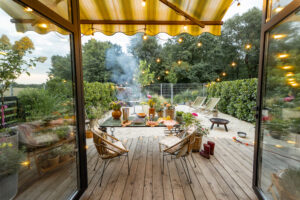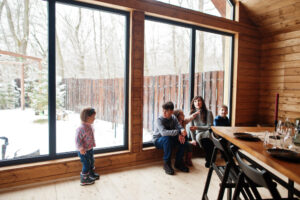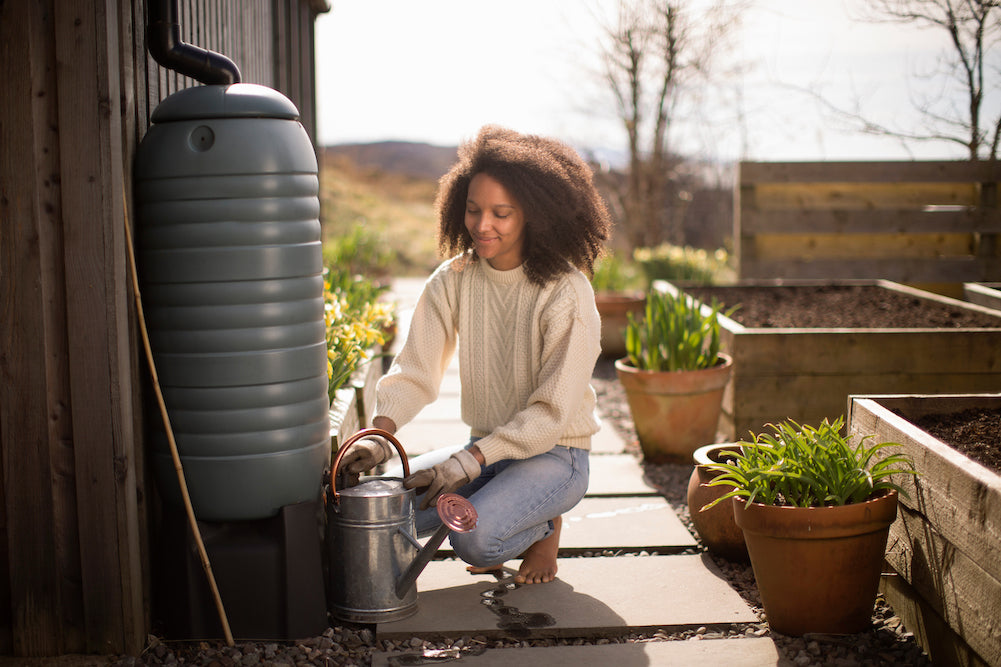As environmental concerns continue to rise, more homeowners are turning to eco-friendly solutions for their home improvement projects. Fall 2024 presents an excellent opportunity to tackle DIY projects that not only enhance your home’s efficiency but also reduce its environmental footprint. These sustainable upgrades are designed to be both practical and impactful, helping you create a greener, more energy-efficient home.
The Importance of Sustainable Upgrades
Sustainability in home improvement is about more than just reducing your carbon footprint—it’s about creating a healthier living environment and saving money on utility bills. Energy efficiency, water conservation, and the use of sustainable materials are key components of eco-friendly home upgrades. These projects can range from simple DIY tasks to more involved renovations, depending on your skills and resources.
Project Ideas
-
Install Low-Flow Fixtures: One of the easiest and most cost-effective ways to make your home more sustainable is by installing low-flow faucets, showerheads, and toilets. These fixtures use significantly less water without sacrificing performance, making them an ideal project for DIYers. To install a low-flow showerhead, for instance, simply unscrew the old one, apply plumber’s tape to the threads, and screw on the new fixture. Not only will this project reduce your water usage, but it can also lower your water bill.
-
DIY Solar Lighting: Solar-powered outdoor lighting is another excellent project for the eco-conscious homeowner. These lights are easy to install and require no wiring—simply place them in areas that receive ample sunlight during the day. Solar lights come in a variety of styles, from garden path lights to wall-mounted fixtures, making it easy to find options that suit your outdoor space. By harnessing the power of the sun, you can illuminate your yard without adding to your electricity bill.
-
Compost Bin Creation: If you’re looking to reduce waste and create nutrient-rich soil for your garden, consider building your own compost bin. This project can be completed using recycled wood pallets or even a large plastic container. Drill holes in the sides for aeration, then begin adding kitchen scraps, yard waste, and other compostable materials. Over time, this organic matter will break down into compost, which can be used to enrich your garden beds.
-
Rainwater Harvesting System: Installing a rain barrel to collect rainwater is a straightforward DIY project that can significantly reduce your water usage. Position the barrel beneath a downspout to capture runoff from your roof, then use the collected water to irrigate your garden or wash your car. Rainwater harvesting not only conserves water but also helps reduce runoff that can lead to soil erosion.
Advanced Sustainable Projects
For those with more experience or ambition, consider larger-scale sustainable upgrades like installing a tankless water heater or adding solar panels. While these projects require a higher upfront investment and more advanced skills, they offer substantial long-term benefits. A tankless water heater, for example, heats water on demand, eliminating the need for a storage tank and reducing energy consumption by up to 34%. Similarly, solar panels can provide a renewable energy source for your home, potentially reducing or even eliminating your electricity bill.
Insulation upgrades are another area where you can make a significant impact. Adding or replacing insulation in your attic, walls, or floors can prevent heat loss during the winter, making your home more energy-efficient. Eco-friendly insulation materials such as recycled denim, wool, or cellulose are not only effective but also sustainable, reducing your home’s environmental impact.
Long-Term Benefits
The long-term benefits of these sustainable upgrades go beyond environmental impact. By making your home more energy-efficient, you can reduce your utility bills and increase your home’s resale value. Many of these projects also qualify for government rebates or tax incentives, making them even more cost-effective. Additionally, creating a more sustainable home contributes to a healthier living environment, with better air quality and reduced exposure to harmful chemicals.
By taking on these eco-friendly DIY projects, you can make a meaningful difference in your home’s environmental footprint while enjoying the satisfaction of a job well done. Whether you’re starting small with low-flow fixtures or tackling a larger project like solar panel installation, each step you take towards sustainability brings long-lasting rewards for both you and the planet.








Reader Interactions